Paleozoic tectonic evolution of the eastern Central Asian Orogenic
Por um escritor misterioso
Last updated 08 julho 2024
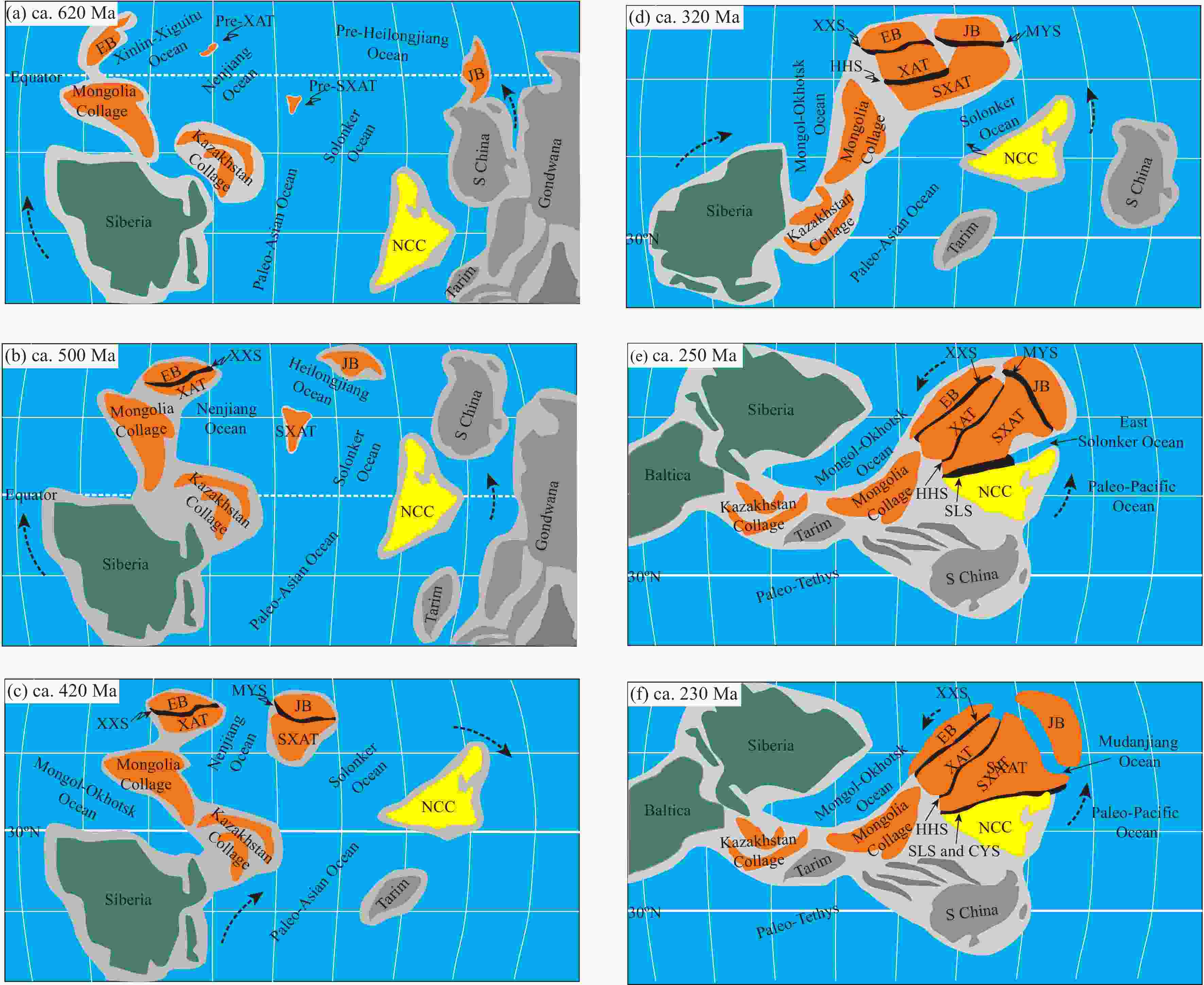
lt;p>The eastern Central Asian Orogenic Belt (CAOB) in NE China is a key area for investigating continental growth. However, the complexity of its Paleozoic geological history has meant that the tectonic development of this belt is not fully understood. NE China is composed of the Erguna and Jiamusi blocks in the northern and eastern parts and the Xing’an and Songliao-Xilinhot accretionary terranes in the central and southern parts. The Erguna and Jiamusi blocks have Precambrian basements with Siberia and Gondwana affinities, respectively. In contrast, the Xing’an and Songliao-Xilinhot accretionary terranes were formed via subduction and collision processes. These blocks and terranes were separated by the Xinlin-Xiguitu, Heilongjiang, Nenjiang, and Solonker oceans from north to south, and these oceans closed during the Cambrian (ca. 500 Ma), Late Silurian (ca. 420 Ma), early Late Carboniferous (ca. 320 Ma), and Late Permian to Middle Triassic (260–240 Ma), respectively, forming the Xinlin-Xiguitu, Mudanjiang-Yilan, Hegenshan-Heihe, Solonker-Linxi, and Changchun-Yanji suture zones. Two oceanic tectonic cycles took place in the eastern Paleo-Asian Ocean (PAO), namely, the Early Paleozoic cycle involving the Xinlin-Xiguitu and Heilongjiang oceans and the late Paleozoic cycle involving the Nenjiang-Solonker oceans. The Paleozoic tectonic pattern of the eastern CAOB generally shows structural features that trend east-west. The timing of accretion and collision events of the eastern CAOB during the Paleozoic youngs progressively from north to south. The branch ocean basins of the eastern PAO closed from west to east in a scissor-like manner. A bi-directional subduction regime dominated during the narrowing and closure process of the eastern PAO, which led to “soft collision” of tectonic units on each side, forming huge accretionary orogenic belts in central Asia.</p>

A review of the Paleozoic tectonics in the eastern part of Central Asian Orogenic Belt - ScienceDirect

Paleozoic to Mesozoic micro-block tectonics in the eastern Central Asian Orogenic Belt: Insights from magnetic and gravity anomalies - ScienceDirect

PDF] Detrital-zircon geochronology of Paleozoic sedimentary rocks in the Hangay–Hentey basin, north-central Mongolia: Implications for the tectonic evolution of the Mongol–Okhotsk Ocean in central Asia
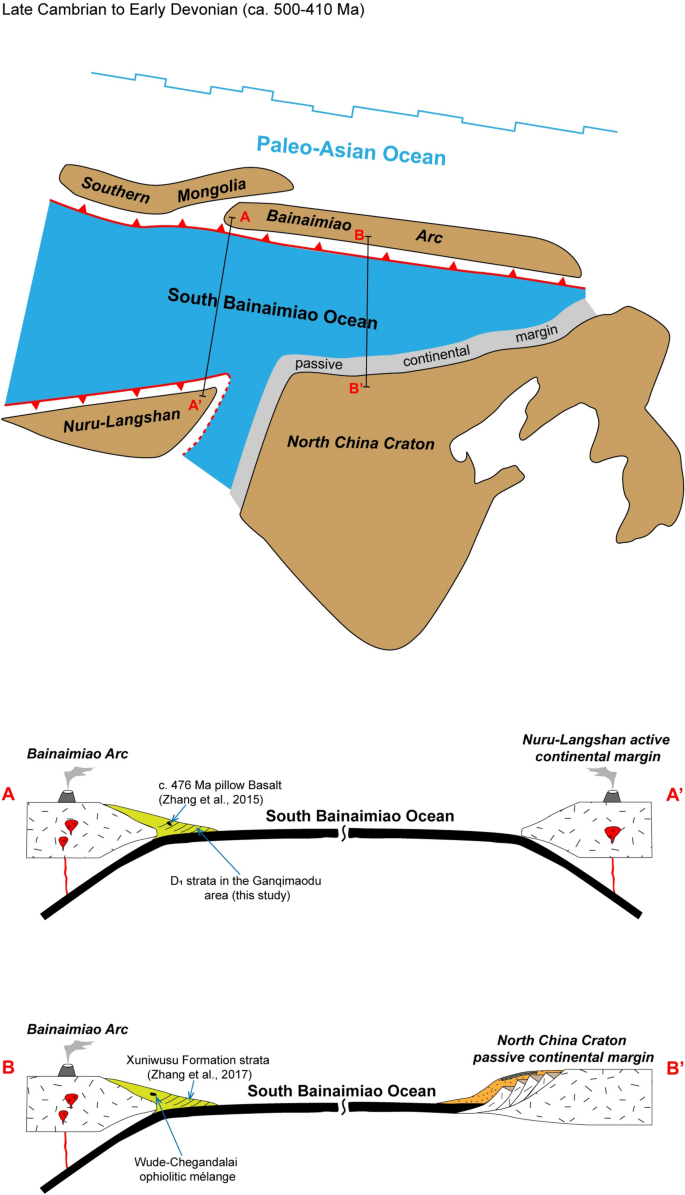
Field geology and provenance analyses of the Ganqimaodu accretionary complex (Inner Mongolia, China): implications for early Paleozoic tectonic evolution of the southern Central Asian Orogenic Belt

Tectonic evolution of the eastern Central Asian Orogenic Belt: Evidence from zircon U–Pb–Hf isotopes and geochemistry of early Paleozoic rocks in Yanbian region, NE China - ScienceDirect

Crust and upper mantle electrical structure of the eastern Central Asian Orogenic Belt revealed by the MT line from Zhangwu County to East Ujimqin Banner, Earth, Planets and Space

Conceptual model for the Paleozoic evolution of the Central Asian
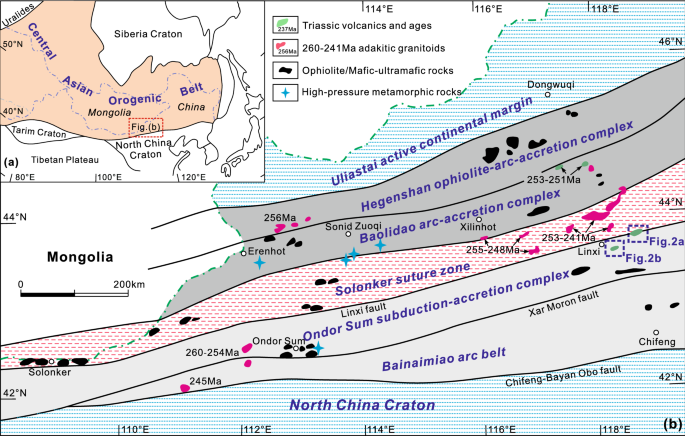
Petrogenesis of late Permian–middle Triassic volcanic rocks in the Linxi area, southeastern Inner Mongolia, China: implication for late-stage tectonic evolution of the Central Asian Orogenic Belt

Late Paleozoic Tectonic Evolution of the Paleo‐Asian Ocean in the Northern Alxa Block (NW China) - Tian - 2020 - Tectonics - Wiley Online Library
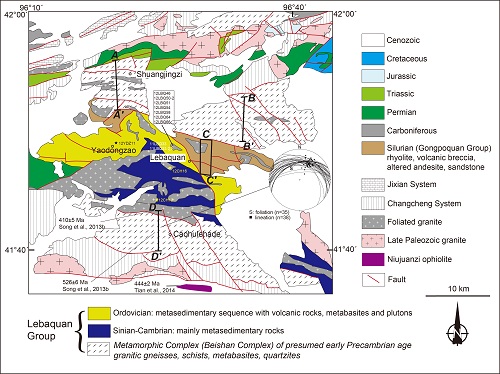
A Paleozoic Japan-type subduction-accretion system in the Beishan orogenic collage, China----INSTITUTE OF GEOLOGY AND GEOPHYSICS, CHINESE ACADEMY OF SCIENCES

The evolution of the Central Asian Orogenic Belt - Article Collections - Gondwana Research - Journal - Elsevier
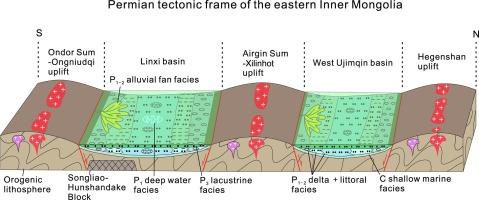
Late Paleozoic sedimentary and tectonic evolution of the Linxi basin in the eastern Inner Mongolia, eastern Central Asian Orogenic Belt,Gondwana Research - X-MOL

Paleozoic tectonic evolution of the eastern Central Asian Orogenic Belt in NE China - ScienceDirect
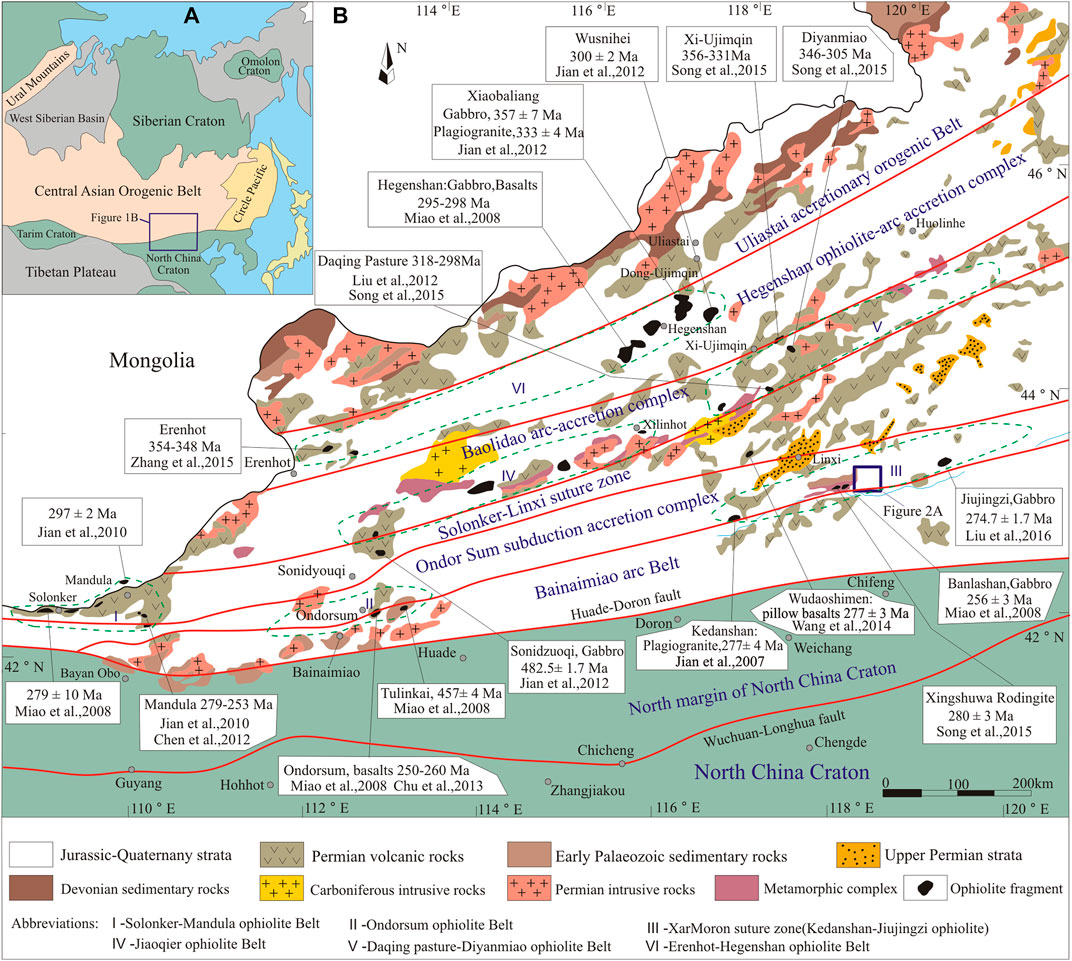
Frontiers Geochemistry and geochronology of basic igneous rocks in Bairin Right banner, southeastern inner Mongolia, China: Implications for the final closure of the Paleo—Asian Ocean along the Xar Moron suture zone
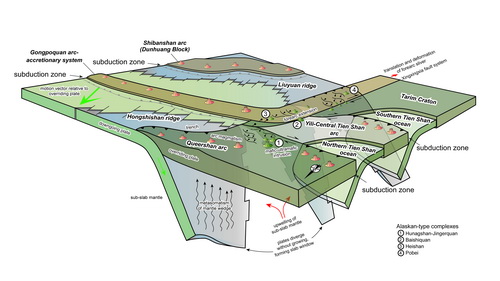
Paleozoic multiple accretionary and collisional processes of the Beishan orogenic collage----INSTITUTE OF GEOLOGY AND GEOPHYSICS, CHINESE ACADEMY OF SCIENCES
Recomendado para você
-
 Simplified map of the Central Asian Orogenic Belt (CAOB). The map08 julho 2024
Simplified map of the Central Asian Orogenic Belt (CAOB). The map08 julho 2024 -
 CAOB 中央アジア造山帯08 julho 2024
CAOB 中央アジア造山帯08 julho 2024 -
 CAOB Supports Airport Project & America's Cup - Bernews08 julho 2024
CAOB Supports Airport Project & America's Cup - Bernews08 julho 2024 -
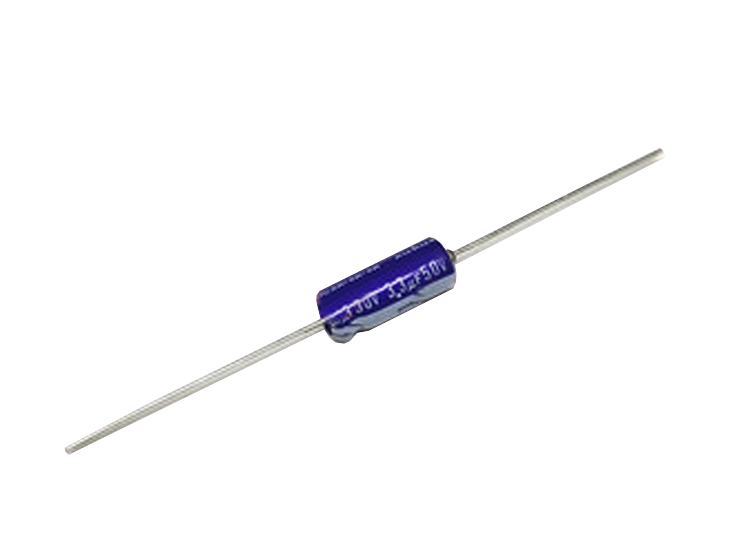 Axial Leads Aluminum Electrolytic Capacitors, Low Leakage08 julho 2024
Axial Leads Aluminum Electrolytic Capacitors, Low Leakage08 julho 2024 -
 Origin of the Mesozoic magmatism in the North China Craton08 julho 2024
Origin of the Mesozoic magmatism in the North China Craton08 julho 2024 -
 SEP 24, 2023 «هشیار باش و پیروز» “Be Alert and Victorious”08 julho 2024
SEP 24, 2023 «هشیار باش و پیروز» “Be Alert and Victorious”08 julho 2024 -
 CAOB faz história no Nacional de Juvenis08 julho 2024
CAOB faz história no Nacional de Juvenis08 julho 2024 -
 Ringing Cedars Style Education, Q&A W/ 2 Russian Schetenin-Style08 julho 2024
Ringing Cedars Style Education, Q&A W/ 2 Russian Schetenin-Style08 julho 2024 -
CAOB Scholarship Fund Event - The Royal Gazette08 julho 2024
-
 Produto: Camisa Caob M/m 02/08 - Casa Nadir08 julho 2024
Produto: Camisa Caob M/m 02/08 - Casa Nadir08 julho 2024
você pode gostar
-
 Browse Colourblocks Comics - Comic Studio08 julho 2024
Browse Colourblocks Comics - Comic Studio08 julho 2024 -
 CSGO cheats - todos os comandos de console mais populares - Blog de esportes e jogos de computador08 julho 2024
CSGO cheats - todos os comandos de console mais populares - Blog de esportes e jogos de computador08 julho 2024 -
 Kagura Bachi Animation Twixtor (1080p 60fps)08 julho 2024
Kagura Bachi Animation Twixtor (1080p 60fps)08 julho 2024 -
 The King's Avatar Quanzhi Gaoshou Anime Series Season 1-2 + 3 Specials + Movie08 julho 2024
The King's Avatar Quanzhi Gaoshou Anime Series Season 1-2 + 3 Specials + Movie08 julho 2024 -
 Mais de 20 receitas de comidas japonesas para fazer em casa –08 julho 2024
Mais de 20 receitas de comidas japonesas para fazer em casa –08 julho 2024 -
 Villa 8 / 10p. Indoor swimming pool, in a golf residence, tennis08 julho 2024
Villa 8 / 10p. Indoor swimming pool, in a golf residence, tennis08 julho 2024 -
Raceys Nextbots wiki: Angry munci08 julho 2024
-
 Golden Eyes Death Orgasm - Outro08 julho 2024
Golden Eyes Death Orgasm - Outro08 julho 2024 -
 Giant Enemy Spider is CRAZY?!🤣08 julho 2024
Giant Enemy Spider is CRAZY?!🤣08 julho 2024 -
 super sonic fase 4 Sonic and shadow, Sonic fan characters, Hedgehog art08 julho 2024
super sonic fase 4 Sonic and shadow, Sonic fan characters, Hedgehog art08 julho 2024
